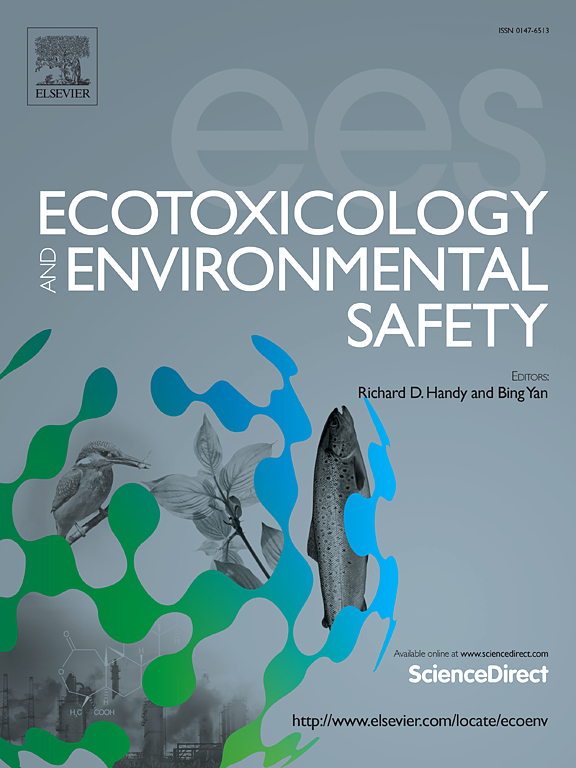The selection of priority control perfluorinated alkyl substances in drinking water source of Guangzhou, China, a case study based on health risks ranking
IF 6.2
2区 环境科学与生态学
Q1 ENVIRONMENTAL SCIENCES
引用次数: 0
Abstract
The health risk of perfluorinated alkyl substances (PFASs) in drinking water always deserve attention, which involve the changing evaluation criteria and nonnegligible mixed exposure of multiple PFASs. Currently, the United States Environmental Protection Agency is reducing the maximum contaminant levels. At the same time, insufficient attention to mixed exposure may underestimate the overall risks of PFASs in drinking water. To face these challenges, a scheme, which identify a priority towards the most problematic compounds and accurate manage PFASs in drinking water are warranted. Liuxi River drinking water source was taken as a case study, and the levels of 13 PFASs were analyzed. A data-driven ranking model, which considered new maximum contaminant levels and mixed exposure, was used to choose priority control PFASs. PFASs were divided into four levels according to their health risks and drinking water intake rate; the compounds at Level I (perfluorononanoic acid) need priority control, while compounds at Levels II (perfluorododecanoic acid, perfluorooctane sulfonate, and perfluoroundecanoic acid) and Level III (perfluoroheptanoic acid, perfluorooctanoic acid, and perfluorobutane sulfonate) deserve more attention. This study provides a solid scientific basis for selecting priority control PFASs in drinking water sources, for the purpose of adequately ensuring the safety of drinking water under the lowest management cost. The results also call for more consideration on feasibility of current standards of PFASs in drinking water.
求助全文
约1分钟内获得全文
求助全文
来源期刊
CiteScore
12.10
自引率
5.90%
发文量
1234
审稿时长
88 days
期刊介绍:
Ecotoxicology and Environmental Safety is a multi-disciplinary journal that focuses on understanding the exposure and effects of environmental contamination on organisms including human health. The scope of the journal covers three main themes. The topics within these themes, indicated below, include (but are not limited to) the following: Ecotoxicology、Environmental Chemistry、Environmental Safety etc.

 求助内容:
求助内容: 应助结果提醒方式:
应助结果提醒方式:


